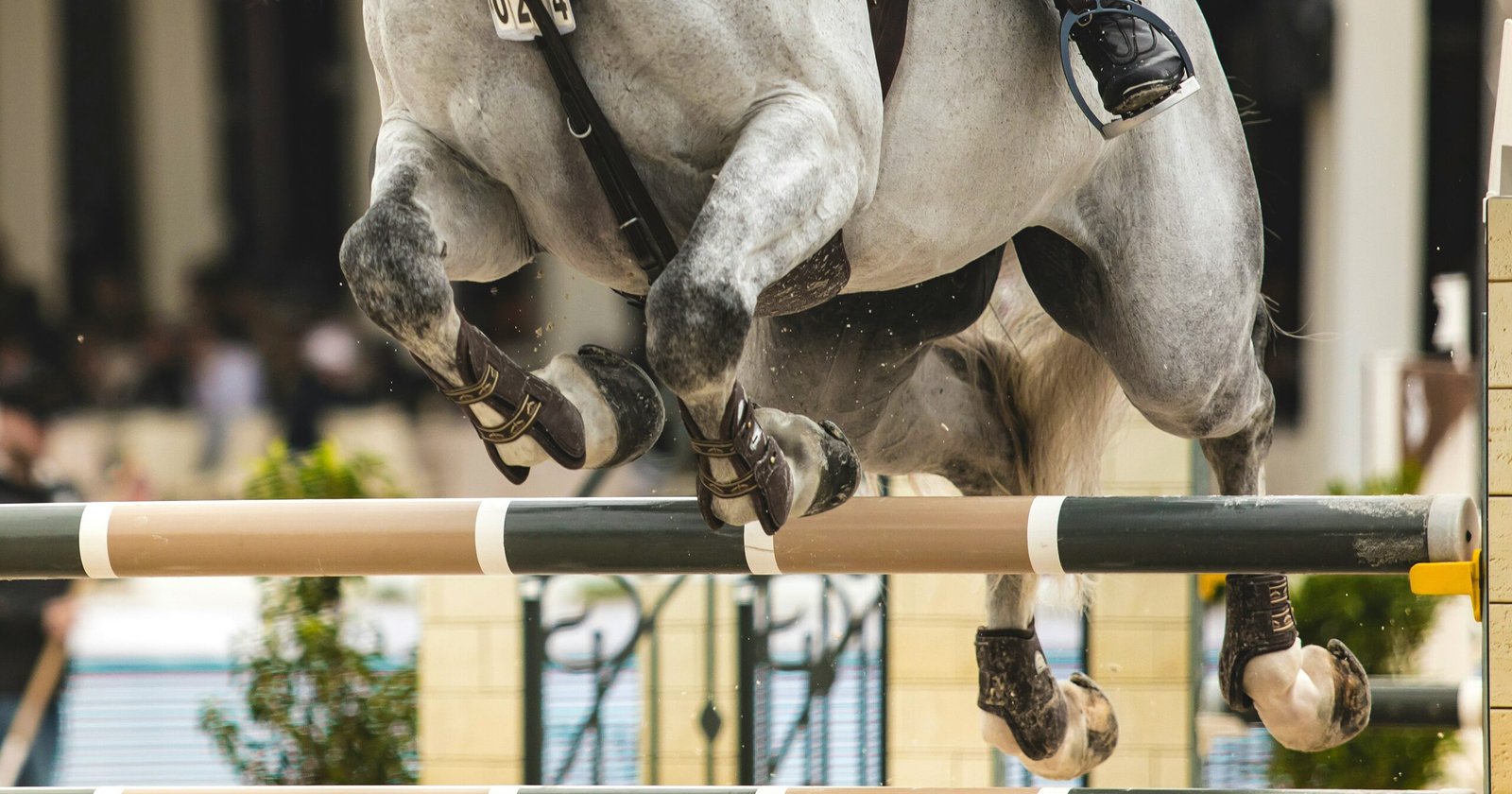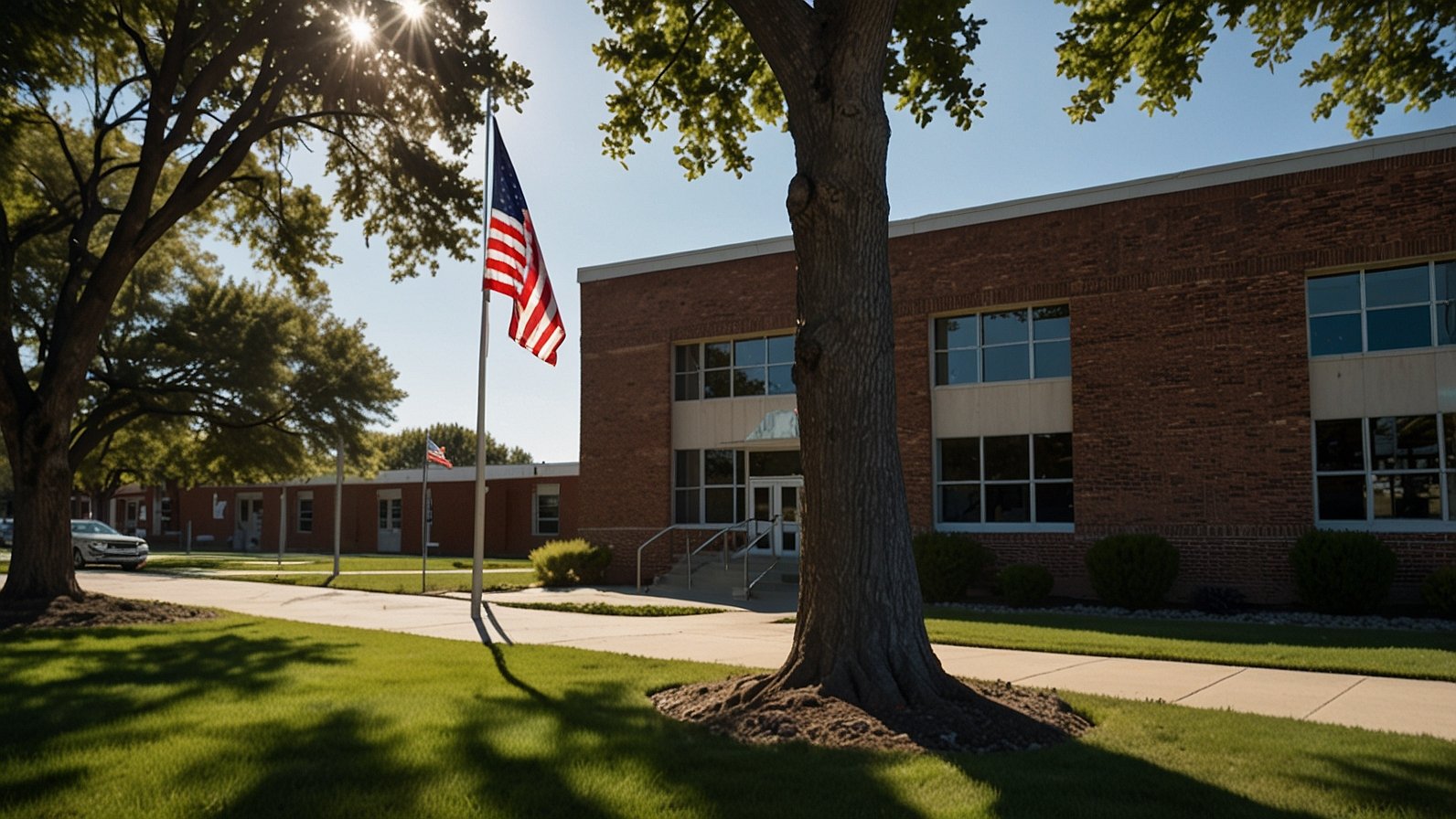Hook: Picture this: the gilded Hall of Mirrors reflecting not just royalty, but the determined focus of an athlete guiding a half-tonne horse with subtle shifts in weight and whispered commands. This September, the hallowed grounds of the Château de Versailles won’t just echo with history – they’ll resonate with the powerful harmony of horse and human in the ultimate test of trust: the equestrian paralympics 2024 2024.
Table of Contents
- The Stage: Dressage Dreams at Versailles
- Not Just Riding, But Communicating: The Essence of Para-Dressage
- Leveling the Field: The Five Grade Classification System
- The Tests: Precision, Partnership & Poetry in Motion
- Tools of the Trade: Adaptive Aids Empowering Riders
- The Reigning Champions: Great Britain’s Unmatched Legacy
- Beyond Versailles: The Impact & Future of the Sport
- Your Guide to Watching the 2024 Equestrian Paralympics
- FAQs: Your Burning Questions Answered
- Final Furlong: Why Paris 2024 Matters
1. The Stage: Dressage Dreams at Versailles
Forget generic sports arenas. The 2024 Paralympic equestrian events are happening on a temporary arena built within the UNESCO World Heritage site of the Château de Versailles (Sept 3-7). It’s a mind-blowing juxtaposition: cutting-edge sporting excellence set against 17th-century opulence. Louis XIV, the “Sun King” and avid equestrian patron, would surely approve. This venue choice screams that para-dressage isn’t a sideshow – it’s a centerpiece event deserving of the grandest stage.
2. Not Just Riding, But Communicating: The Essence of Para-Dressage
Here’s the key difference from the Olympics: only para-dressage features at the Paralympics. Why? Well, dressage is the purest expression of the horse-rider connection. It’s often called “horse ballet,” demanding invisible communication, absolute trust, and athletic harmony. For Paralympic athletes, whose impairments might affect balance, muscle control, or limb function, mastering this communication becomes an even more profound achievement. It’s less about brute strength, more about finesse, feel, and strategic brilliance. Honestly, witnessing this level of nonverbal partnership can be downright humbling.
3. Leveling the Field: The Five Grade Classification System
Fairness is paramount. Riders are meticulously assessed and grouped into five grades (I-V):
| Grade | Rider Impairment Impact | Typical Functional Profile |
|---|---|---|
| I | Most severe impact on balance, trunk & limb function; often wheelchair users. | Controls horse primarily via voice, seat, limited rein aids. |
| II | Significant impairment in trunk control/limb function, or severe impairment on one side. | Moderate rein control, variable trunk stability. |
| III | Moderate impairments (e.g., good balance but limb limitations, or visual impairment). | Good trunk control, effective but potentially asymmetric rein aids. |
| IV | Mild impairments (e.g., reduced mobility in one/two limbs, mild visual impairment). | Near-full trunk control, subtle rein aids possible. |
| V | Least severe impairments (e.g., reduced arm/leg range, mild coordination issues). | Highest functional ability, finest control nuances. |
This system ensures athletes compete against others facing similar functional challenges. It’s about skill within context, not just the final score.
4. The Tests: Precision, Partnership & Poetry in Motion
Competition unfolds across three distinct phases:
- Individual Championship Test: A set sequence of movements judged purely on technical precision and execution. Think of it like compulsory figures in skating.
- Team Test: Nations field teams (usually 3 or 4 riders across different grades). Scores combine – pressure mounts!
- Freestyle Test (The Crowd-Pleaser!): Set to music, designed by the rider. Here, artistic expression shines alongside technical merit. Judges look for creativity, choreography, and how seamlessly the horse responds. This is where personalities explode. Can Britain’s Lee Pearson pull off another showstopper?
Judging Criteria: It boils down to:
- Accuracy: Did they hit the markers?
- Quality of Gaits: Was the walk pure? The trot energetic? The canter balanced?
- Harmony & Impulsion: Did horse and rider look like one flowing entity? Was the horse forward, willing, and relaxed?
- Execution of Movements: Were transitions smooth? Circles round?
5. Tools of the Trade: Adaptive Aids Empowering Riders
This is where innovation meets necessity. Riders can use FEI-approved adaptive aids to bridge communication gaps caused by their impairments:
- Connecting Rein Bars: Link both reins, allowing control with one hand or limited arm movement.
- Voice Commands: Permitted in all grades (though use varies). A well-timed vocal cue can replace a leg aid.
- Adapted Saddles/Wedged Pads: Enhance stability and balance.
- Specialized Whips/Lengthened Stirrups: Compensate for reduced reach or leg function.
- Callers: People positioned around the arena verbally guiding visually impaired riders through the test geometry.
It’s not about making it easier; it’s about making communication possible. The horse still must perform the same intricate movements demanded in Olympic dressage.
6. The Reigning Champions: Great Britain’s Unmatched Legacy
Let’s not mince words: Great Britain is the undisputed powerhouse of Paralympic dressage. Since the sport debuted at Atlanta 1996, they’ve amassed a staggering 34 gold medals. Names like Lee Pearson (14 golds!), Sophie Christiansen, and Natasha Baker are legends. Why this dominance? A potent mix of world-class coaching, a deep para-equestrian talent pathway, significant funding (compared to many nations), and frankly, a culture that champions the sport. Other nations – The Netherlands, USA, Denmark, Germany – are chasing hard, but dethroning the Brits in Paris? That’s the ultimate challenge. Some experts feel their system is just too robust, but upsets do happen in dressage!
7. Beyond Versailles: The Impact & Future of the Sport
The ripple effects of Paralympic exposure are huge. Seeing athletes perform at this level shatters misconceptions about disability and equestrianism. It inspires participation, drives funding for national programs, and pushes technological advancements in adaptive equipment. Post-Paris, the focus intensifies on developing nations’ access and increasing global competitiveness. The dream? A podium less predictably dominated by a select few. The raw emotion after a clean test – regardless of medal colour – speaks volumes about the sport’s transformative power.
8. Your Guide to Watching the 2024 Equestrian Paralympics
- Dates: September 3rd – 7th, 2024
- Venue: Temporary Arena, Château de Versailles, France.
- How to Watch: Check official Paralympic broadcasters in your country (e.g., Channel 4 in UK, NBC/Peacock in USA, CBC in Canada). Live streams will likely be available via Paralympic.org.
- What to Look For:
- The invisible aids (watch the rider’s seat, weight shifts, subtle finger movements).
- The horse’s expression (ears forward, relaxed tail, swinging back = happy athlete!).
- The harmony in the Freestyle – how does the music enhance the performance?
- The sheer determination etched on every rider’s face.
9. FAQs:
Q1: Why is ONLY dressage in the Paralympics, not jumping or eventing?
A: Safety and the nature of impairment. Dressage focuses on control, communication, and precision without jumps or cross-country speed, making it uniquely adaptable across a wide spectrum of disabilities. Jumping requires split-second timing and complex weight shifts that are significantly harder to standardize safely across impairment levels.
Q2: How are the horses selected and prepared?
A: Horses are high-calibre dressage mounts, often sourced from professional yards or bred specifically. They undergo rigorous training for obedience, sensitivity to aids, and tolerance for arena atmospheres. Riders are typically paired with horses several months before the Games for intensive partnership building. The horse is a true teammate.
Q3: Do riders own their Paralympic horses?
A: Sometimes, but not always. Funding is a major hurdle. Many ride horses owned by supporters, charities, or national federations. Securing the right horse is often more critical than outright ownership. The bond formed is intense, regardless of paperwork.
Q4: Can any disability qualify for Para-Dressage?
A: Riders must have an eligible physical or visual impairment that demonstrably affects their riding, classified by official FEI classifiers. Intellectual impairments compete in the Special Olympics. The classification process is strict and evidence-based.
Q5: Is there a “mixed” element? Can men and women compete against each other?
A: Absolutely! Para-dressage is fully integrated. Men and women compete directly against each other within their respective grades. Performance, not gender, is the sole determinant.
Q6: How does the Team competition work with different grades?
A: Each team (e.g., Great Britain, USA) consists of riders from different grades (usually 3 or 4 riders, covering a spread of grades). Their individual scores in the Team Test are combined (often percentage-based) to produce the team total. It tests a nation’s depth across the classification spectrum.
Q7: What happens if a horse gets spooked in the arena?
A: It happens! Judges factor in the horse’s reaction and the rider’s skill in regaining control and composure without disrupting the overall test significantly. Safety is paramount – stewards are always present. A minor spook handled well might only lose minor marks; a major disruption affects the score more.
10. Final Furlong: Why Paris 2024 Matters
The equestrian paralympics 2024 2024 at Versailles isn’t just another sporting event. It’s a potent symbol. It places athletes with disabilities center stage on one of the world’s most iconic platforms, demanding recognition for their elite skill, courage, and profound connection with their equine partners. It challenges perceptions of what’s possible. Will Great Britain continue its golden reign? Can a new nation rise? How will the magic of Versailles inspire performances?
One thing’s certain: beneath the shadow of the palace, amidst the precision and the artistry, stories of resilience and partnership will unfold that resonate far beyond the dressage arena. These aren’t just riders; they’re pioneers redefining excellence.
So, mark your calendars for September 3rd. Will you be watching when history is made, one stride at a time, at Versailles?
RELATED TOPIC: Your Ultimate Guide to Snagging for Winter Artistic Gymnastics Olympics Tickets Fans Will LOVE










